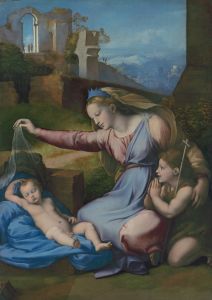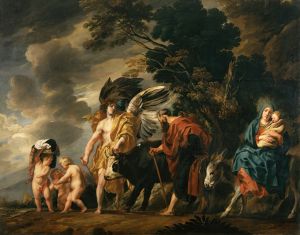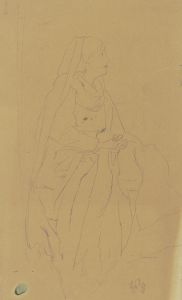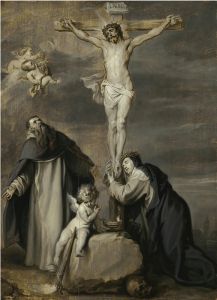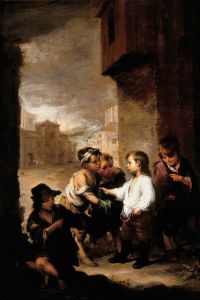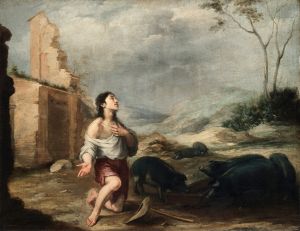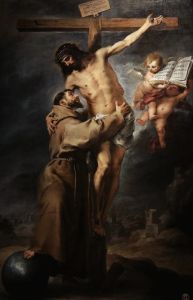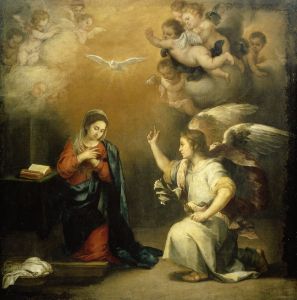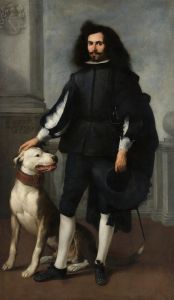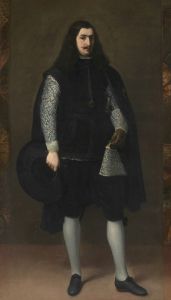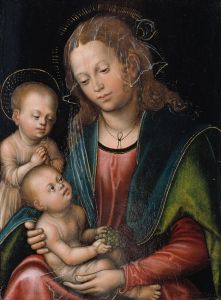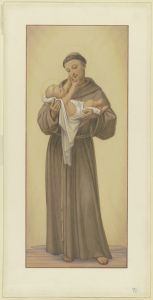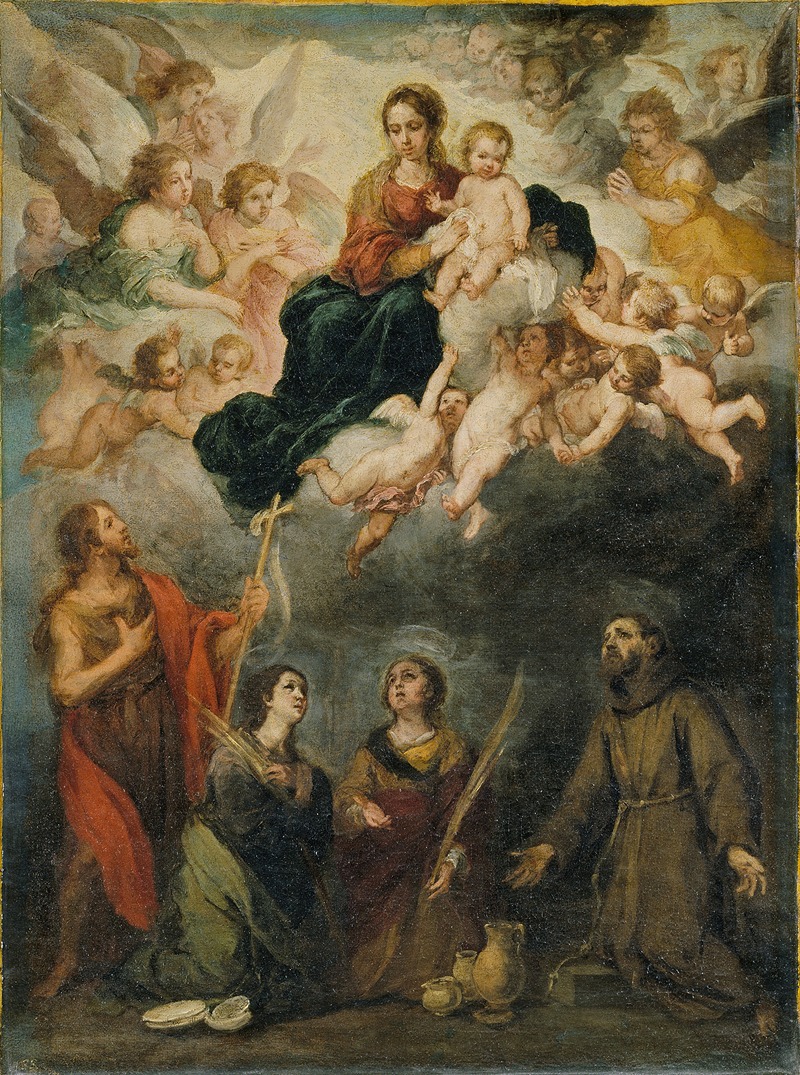
The Virgin and Child with Saints
A hand-painted replica of Bartolomé Estebán Murillo’s masterpiece The Virgin and Child with Saints, meticulously crafted by professional artists to capture the true essence of the original. Each piece is created with museum-quality canvas and rare mineral pigments, carefully painted by experienced artists with delicate brushstrokes and rich, layered colors to perfectly recreate the texture of the original artwork. Unlike machine-printed reproductions, this hand-painted version brings the painting to life, infused with the artist’s emotions and skill in every stroke. Whether for personal collection or home decoration, it instantly elevates the artistic atmosphere of any space.
Bartolomé Esteban Murillo, a prominent Spanish Baroque painter, is renowned for his religious compositions, genre paintings, and portraits. One of his notable works is "The Virgin and Child with Saints," a painting that exemplifies his mastery in depicting religious themes with warmth and humanity. Murillo's work is characterized by its soft, luminous style and the tender, approachable nature of his religious figures, which made his art highly popular during his lifetime and beyond.
"The Virgin and Child with Saints" is a testament to Murillo's ability to blend the divine with the human, creating a sense of intimacy and accessibility in his religious subjects. In this painting, Murillo presents the Virgin Mary holding the Christ Child, surrounded by saints. The composition is typical of Murillo's style, where the figures are arranged in a harmonious and balanced manner, often with a pyramidal structure that draws the viewer's eye towards the central figures of the Virgin and Child.
Murillo's use of light and color is particularly noteworthy in this painting. He employs a soft, diffused light that bathes the figures, creating a serene and ethereal atmosphere. The colors are rich yet subdued, with a palette that includes warm earth tones and gentle blues, which contribute to the overall sense of tranquility and reverence. The figures are depicted with a naturalism that was innovative for the time, making them relatable to the viewer while still conveying their sacred nature.
The saints depicted alongside the Virgin and Child are rendered with individual characteristics, reflecting Murillo's skill in portraiture. Each saint is given a distinct personality and presence, contributing to the narrative of the painting. Murillo often included saints who were significant to the Spanish Catholic tradition, and their inclusion would have resonated with contemporary viewers familiar with their stories and symbolism.
Murillo's work, including "The Virgin and Child with Saints," played a significant role in the Counter-Reformation efforts of the Catholic Church, which sought to use art as a means of inspiring faith and devotion among the populace. His paintings were not only admired for their aesthetic qualities but also for their ability to convey religious messages in a way that was both accessible and moving.
Throughout his career, Murillo received numerous commissions from religious institutions, and his works were widely distributed and copied, further cementing his influence in the art world. "The Virgin and Child with Saints" is a prime example of how Murillo's art was able to transcend its time, continuing to be appreciated for its beauty and spiritual depth.
In summary, "The Virgin and Child with Saints" by Bartolomé Esteban Murillo is a quintessential example of the artist's ability to blend the divine with the human, creating works that are both visually captivating and spiritually profound. Murillo's mastery of light, color, and composition, combined with his sensitive portrayal of religious subjects, has ensured his place as one of the most beloved painters of the Spanish Baroque period.





